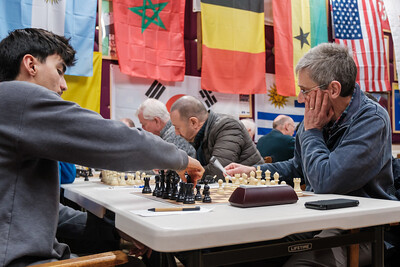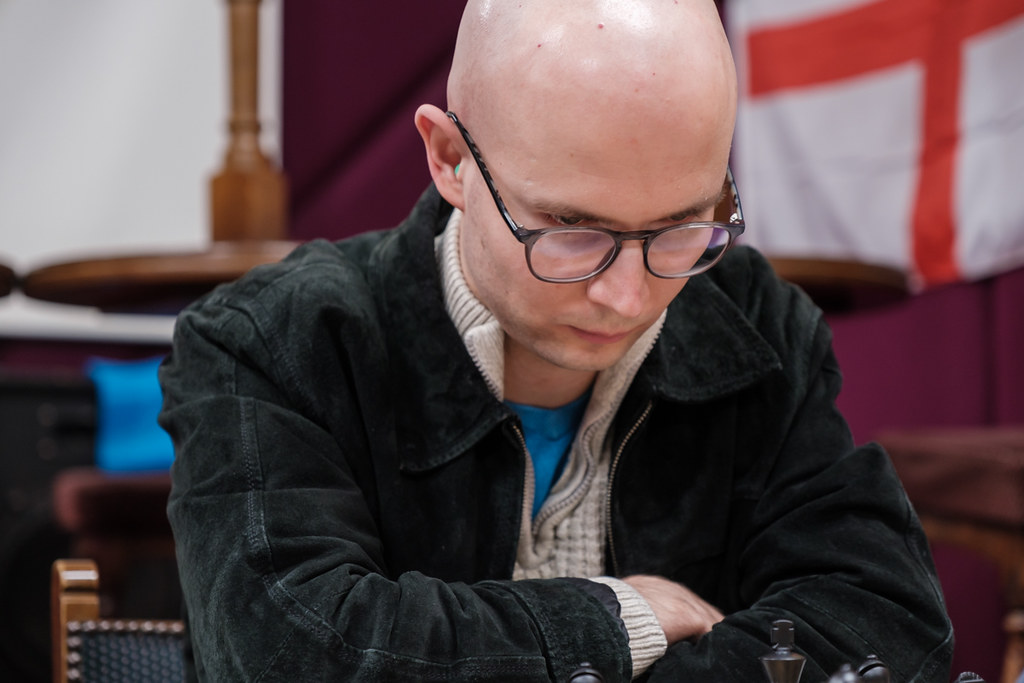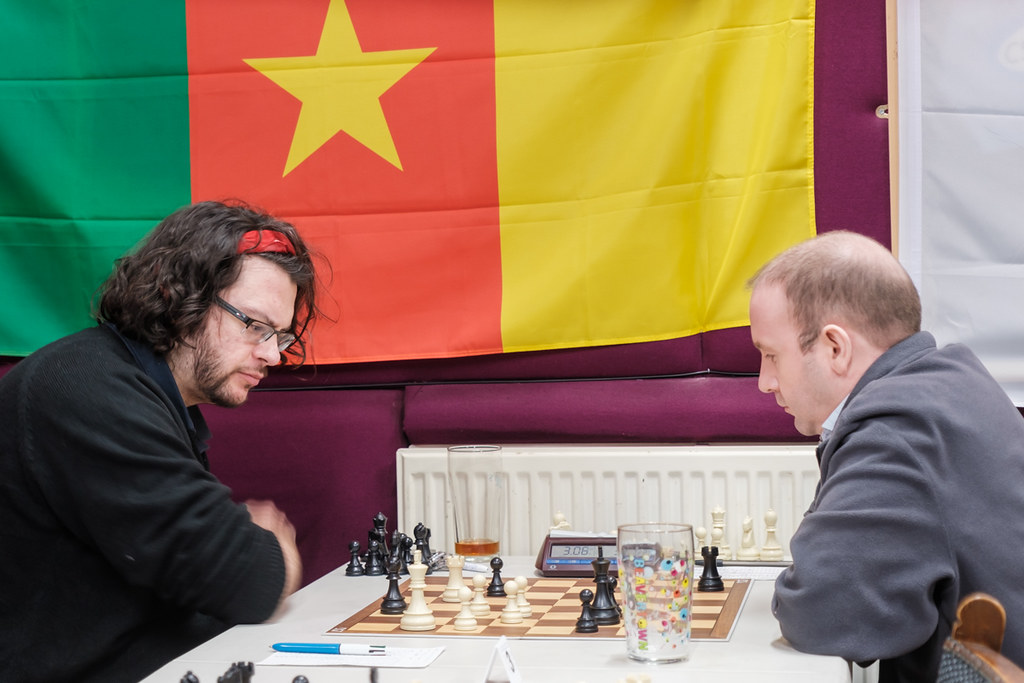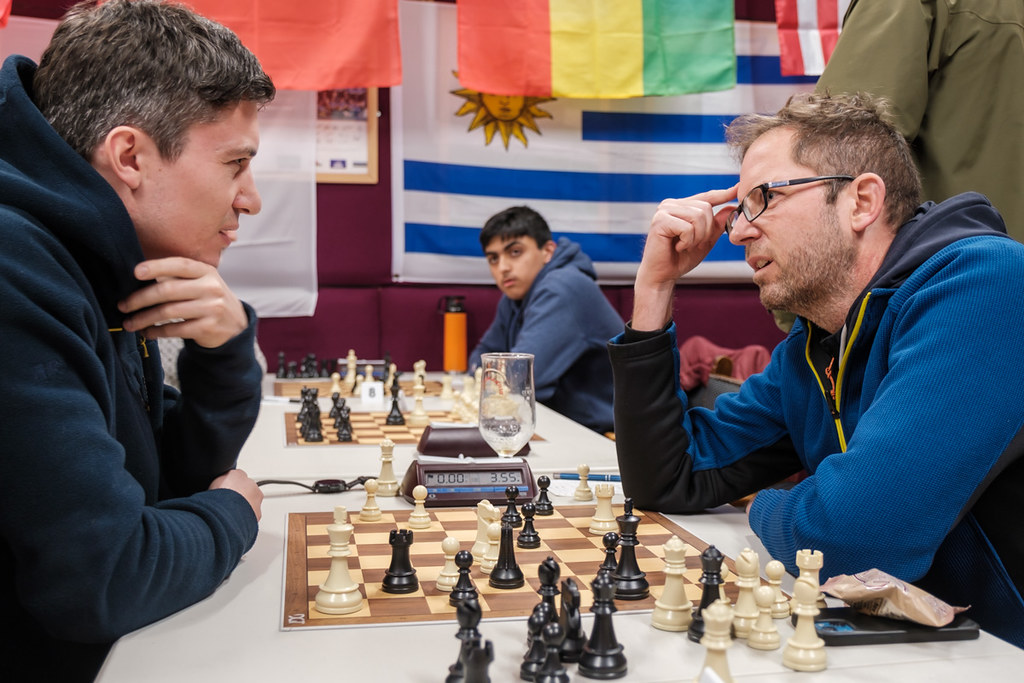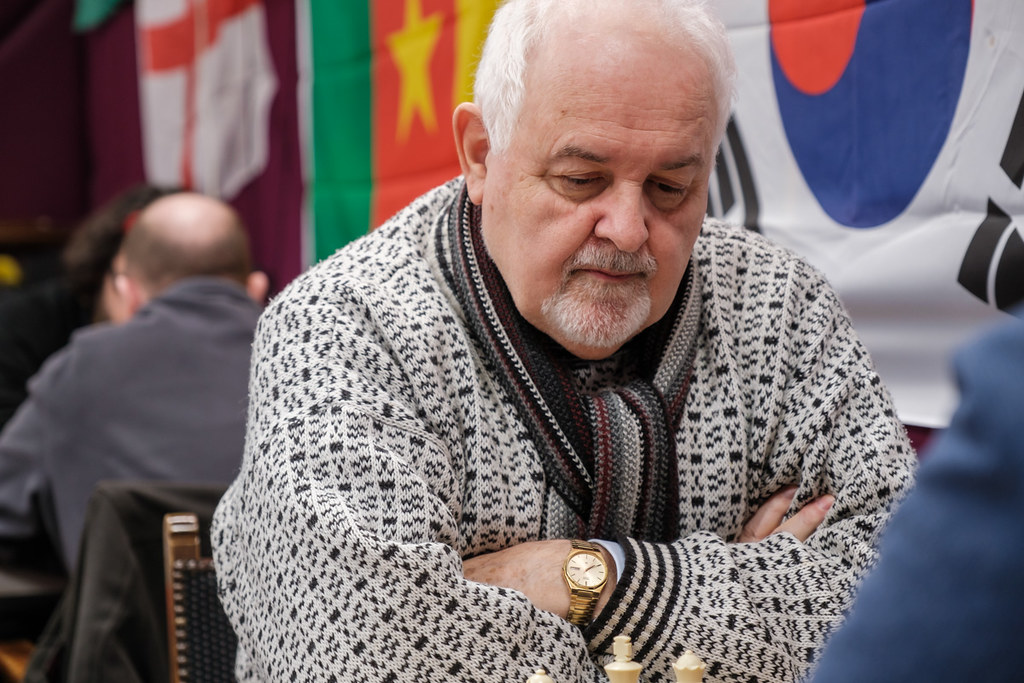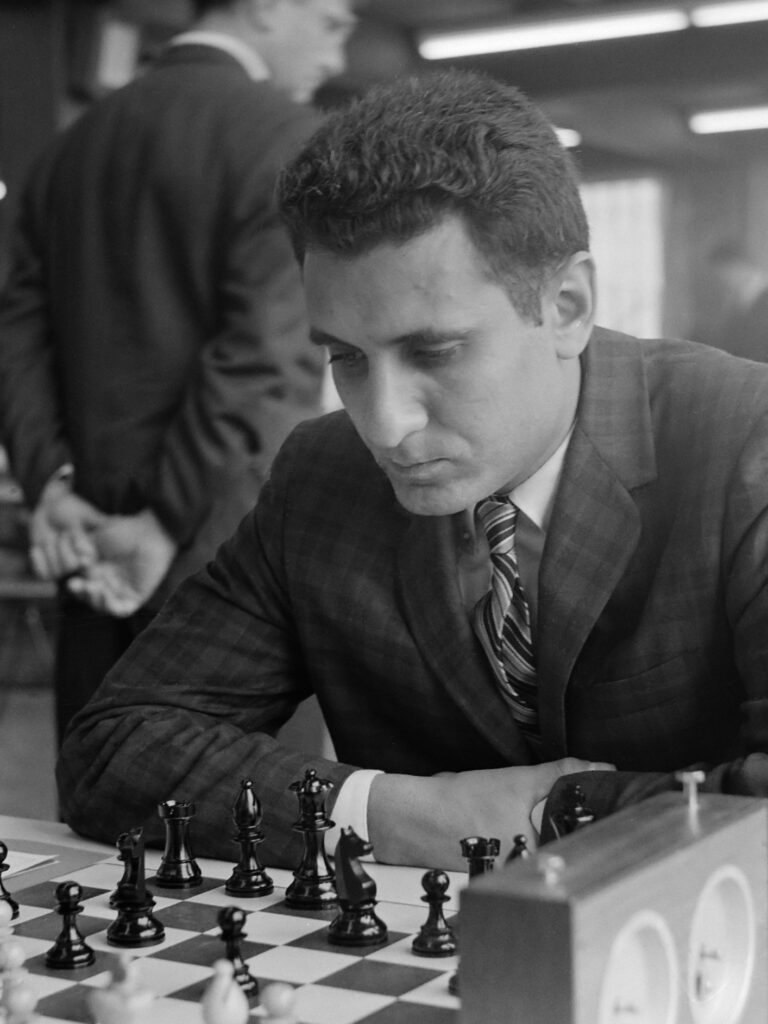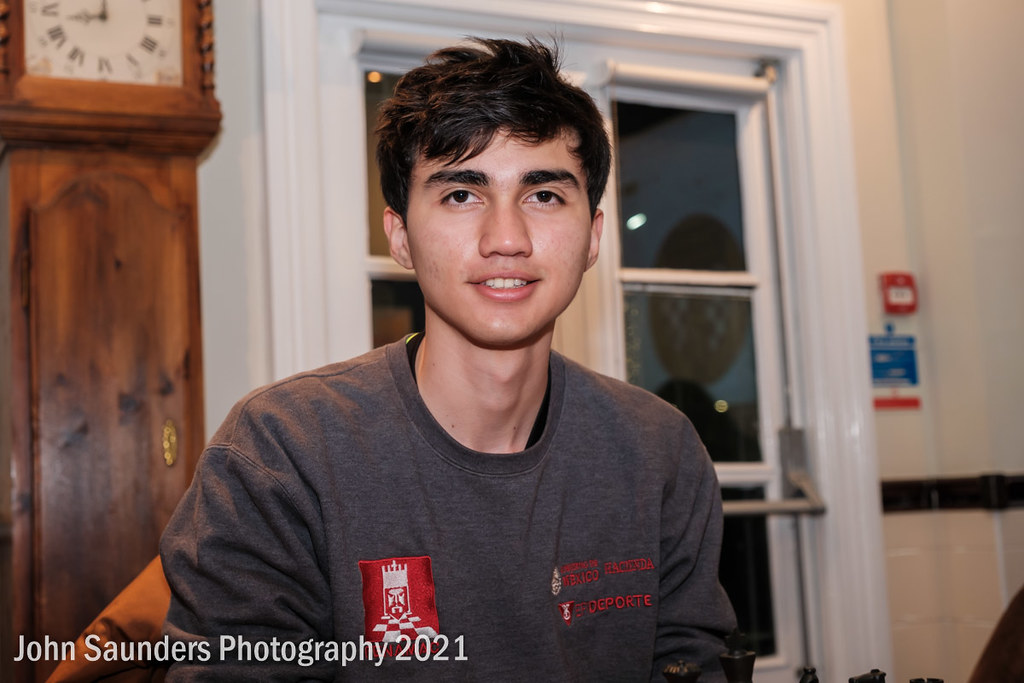Thames Valley League division 1 and division 2 matches played at the Willoughby Arms, Kingston on 6 February 2023
It was a bad day – or rather night – at the office. Kingston’s first team, up against Surbiton B, had high hopes of consolidating its place at the top of division 1 of the Thames Valley League, but the Surbitonians had other ideas and went home with a deserved 3-3 draw. Indeed, they might have had more, with Kingston players getting draws in two games which at one stage they looked very likely to lose.
Kingston were without two key players – Peter Lalić and Vladimir Li – but that is no excuse. We still outrated Surbiton by an average of 200 points a board, and there was no escaping the fact that this was a considerable upset. Not terminal – we are still narrowly ahead of the chasing pack – but a decided wake-up call. The loss of a half-point in a match where we were hot favourites to win now makes the club’s trip to Hammersmith on 21 February even more critical.
The evening started serenely enough. Peter Andrews played powerfully to win with Black on board 5, winning a piece with a neat tactical sequence and giving his opponent little or no counterplay thereafter. Surbiton’s Graham Alcock held John Foley to a draw on board 4 and Kingston captain David Rowson survived being a pawn down against Nick Faulks on board 3 to eventually equalise and secure a draw from a position in which it looked very difficult to find decent moves. A good save – and 2-1 to Kingston.
Meanwhile, things were not going well for Kingston chair Alan Scrimgour on board 6 against David Cole, always a redoubtable opponent. Cole had what looked like a winning advantage, but blundered in time trouble (which he admits he is prone to, especially at Thames Valley’s overly fast time controls) and Scrimgour confidently played an endgame in which his rook nullified Cole’s bishop and two pawns. Another crucial save.
That left the two top boards. We hoped David Maycock would be our banker on board 1, but for once it was not to be. Liam Bayly played with great finesse, blunted David’s attacking instincts, and got the upper hand in the endgame to secure a memorable win. That made it 2.5-2.5, and winning the match was now all down to Will Taylor with White on board 2 against Paul Dupré.
Will played extremely well and had a winning position after 41 moves, but once again those pesky time controls took their toll. Playing on the 10-second increment and with just 15 seconds left on his clock, he chose a defensive move against what he thought was the threat of a perpetual check when he had a forced mate. The opportunity went begging and Dupré could breathe again. The game, though not without further incident over the next 20 moves, ended in a draw after Paul traded down to an ending where his bishop could stop Will’s connected pawns. The match was drawn and the post-mortems went on in the bar long into the night.
In the second match, Wimbledon A trounced Kingston B 5.5-0.5. Here it was Kingston’s turn to be heavily outrated, and we proved less successful than Surbiton in overcoming the odds. On board 1, Max Selemir had a characteristically exciting game against the experienced Dan Rosen, as usual throwing the kitchen sink at his opponent, but in the end his piece advantage was no match for Rosen’s phalanx of advancing pawns.
On board 2, captain Gregor Smith was outmanoeuvred by another veteran, Ian Heppell; Kingston stalwart Nick Grey lost against Tony Hughes in a close game in which a pawn advantage proved enough for the Wimbledon man; I surrendered tamely to Stephen Carpenter; Byron Eslava went down fighting on board 6 against Alex Boitier; and it was left to Charlie Cooke to save us from being bagelled with an excellent draw against the dangerous Sean Ingle on board 5. Some serious wound-licking was in order.
Stephen Moss






